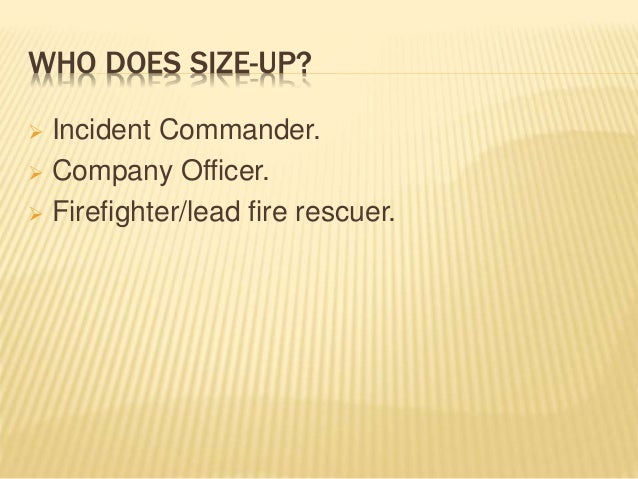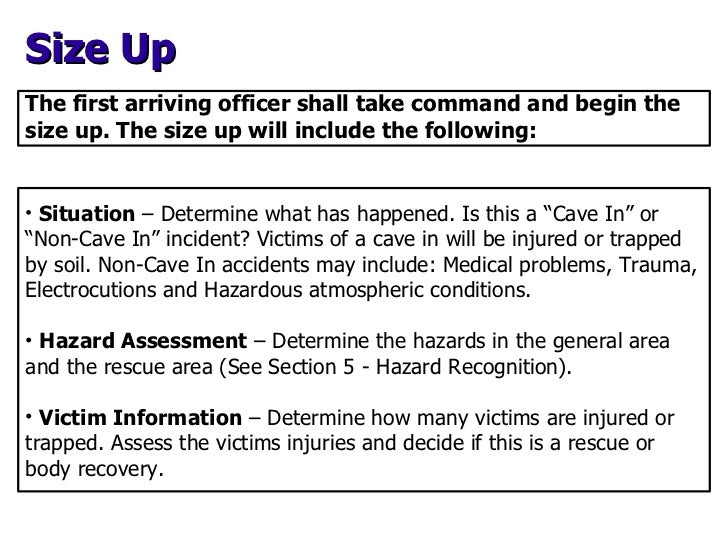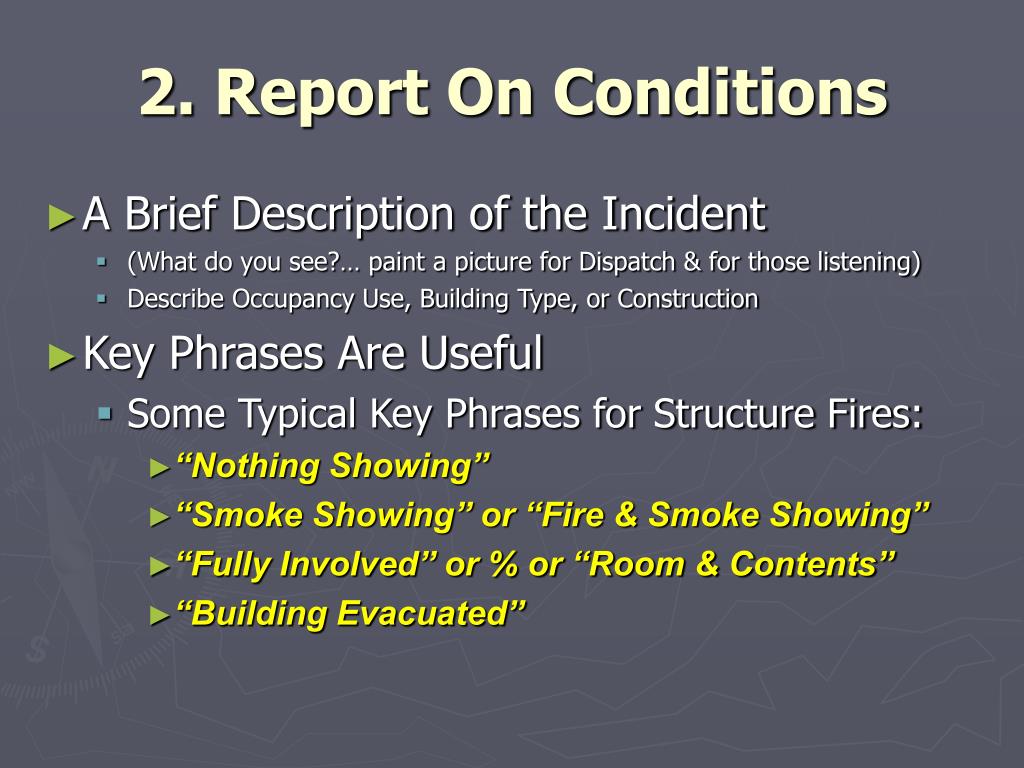
Fire Command is recognized as one of the definitive works on local incident command and IDLH management across the globe. Command Safety (released in 2003) was completely written around the IC's checklists located in the back of each Fire Command Function chapter. It was updated with the 2nd edition in 2001. The 1st edition of Fire Command was released in 1985. The entire Blue Card IC Training and Certification Program is based on Chief Brunacini's Textbook "Fire Command". Alan Brunacini is the author of Fire Command, Command Safety, Timeless Tactical Truths, Essentials of Fire Department Customer Service and The Anatomy and Physiology of Leadership. Career Fire Service Career Organization and Deployment Committee (standard 1710). He was also the first Chairman of the N.F.P.A. Fire Service Occupational Safety Committee (standard 1500). He is the past Chairman of the Board of the National Fire Protection Association and the first Chairman and developer of the N.F.P.A. He has a BS and an MPA from Arizona State University. He is a graduate of the Fire Protection Technology program at Oklahoma State University. He was promoted to Fire Chief in 1978 and retired in 2006. I need help, the garage across from my house is on fire.Alan Brunacini - joined the Phoenix Fire Department in 1958. Smith usually doesn't call in and report that the structure across from her structure is rapidly combusting and evolving heat, light, smoke and gases.

IDEAL Size Up / First-in Report Tips & Tricks L - Let incoming units know what you want them to do or where you want them to go (Staging, etc.).We do this by transmitting the components of the acronym as follows: Smoke / fire conditions present (Nothing showing, light - moderate - heavy, Working Fire!).Type of occupancy (nursing home, garage, house, etc.).Type of construction (wood-frame, masonry, steel, etc.).When used upon arrival, the IDEAL size up acronym provides a description of the situation that includes the following:

This is where the IDEAL acronym comes in. These acronyms are nice when you have the time, but if you're arriving on the scene and, as usual, have many tasks to accomplish in a short period of time, you really want a "mind-jogger" that is going to give you the opportunity to both size-up the incident and provide a timely, comprehensive first-in report.

Then, someone threw WALLACE WAS HOT and COAL WAS WEALTH at us. We first learned RECEO and thought life was good. What's often times frustrating for these "chosen few" is that the fire scene size-up acronyms we are taught get quite lengthy and confusing. One of the most important tasks performed by the person sitting in the front passenger seat of fire apparatus ("The Chosen Few") is giving a first-in incident size-up report. We have SCBA's, TIC's, ICS, NIMS, WMD, CBRN and on and on and on. One area of traditional behavior is our love for acronyms. The fire service is deeply steeped in tradition.


 0 kommentar(er)
0 kommentar(er)
